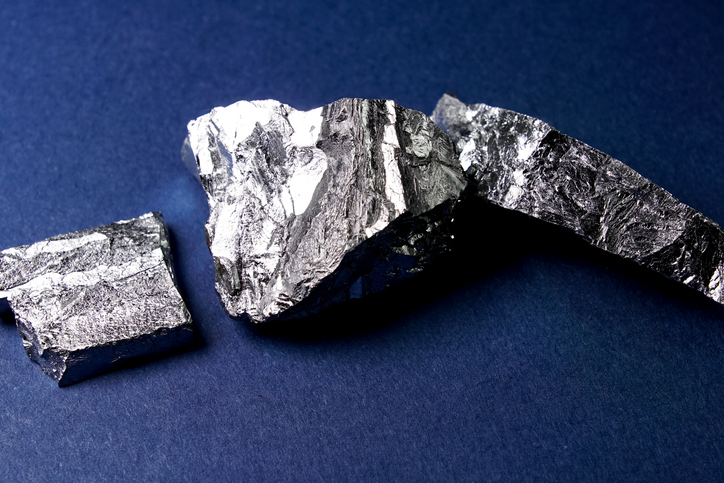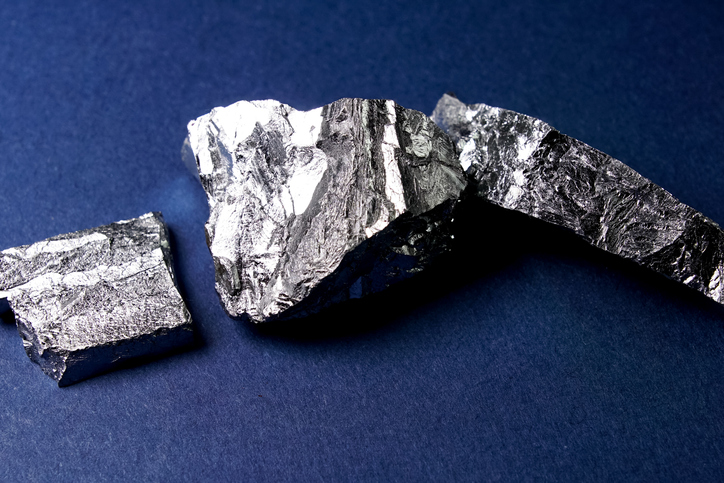
Chromium is a chemical element with the symbol Cr and atomic number 24. It is a steely-grey, lustrous, hard and brittle metal, which takes a high polish, resists tarnishing, and has a high melting point. Chromium is a naturally occurring element found in rocks, animals, plants, and soil. It can exist in several different forms. Depending on the form it takes, it can be a liquid, solid, or gas. No taste or odour is associated with chromium compounds.

The metal chromium, which is the chromium(0) form, is used for making steel. Chromium(VI) and chromium(III) are used for chrome plating, dyes and pigments, leather tanning, wood preserving and water treatment.
The routes of exposure for chromium include; inhalation, ingestion and skin and eye contact.
Inhalation of chromium through normal handling, may produce respiratory discomfort. People with already compromised respiratory function (conditions such as emphysema or chronic bronchitis), may suffer further disability upon inhalation. Inhalation of freshly formed metal oxide particles may result in “metal fume fever”. Symptoms of this may be delayed for up to 12 hours and may include; sudden thirst, a metallic or foul taste in the mouth, upper respiratory tract irritation and a cough.
Chromium has not been classified as “harmful by ingestion” however the material may still be damaging to your health, especially where there is pre-existing organ damage. Symptoms of ingestion may be nausea and vomiting, however ingestion of insignificant quantities is not thought to be cause for concern.
Skin contact to selenium is not thought to produce harmful health effects, however, open wounds or cuts can lead to the chemical entering the bloodstream which may produce more harmful health effects as a result.
Eye exposure to the chemical may cause temporary discomfort with mild symptoms including; discomfort and redness.
If chromium is inhaled, remove the patient from the contaminated area to the nearest fresh air source and monitor their breathing. Lay them down and keep them warm and rested. If the patient is not breathing and you are qualified to do so, perform CPR. Seek medical attention.
If swallowed, the patient should drink water immediately. First aid is generally not required but if in doubt, seek medical attention.
If skin exposure occurs, remove all contaminated clothing, footwear and accessories and cleanse the affected area with plenty of soap and water. Contaminated clothing should be washed prior to wearing again. Seek medical attention if symptoms persist.
If the chemical is exposed to the eyes, flush the eyes out immediately with fresh running water, remembering to wash under the eyelids. Removal of contact lenses should only be done by a skilled individual and you should not attempt to remove any particles attached to or embedded in the eye. Seek medical attention without delay.
Chromium is a moderate fire hazard when in dust (powder) form and burns rapidly when heated in flame. Powdered Chromium can also explode spontaneously when exposed to air.
Emergency eyewash fountains should be accessible in the immediate area of the potential exposure to the chemical and there should always be adequate ventilation to keep airborne contaminants below the exposure limit (install local exhaust if necessary).
The PPE recommended when handling chromium includes; safety glasses with side shields, chemical goggles, full suit, dust respirators, protective gloves and boots.
Chemwatch has the largest collection of SDS in the world. For a FREE copy of the Chemwatch-authored SDS for Chromium, click the button below.